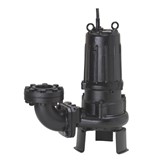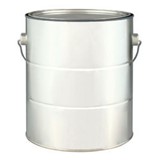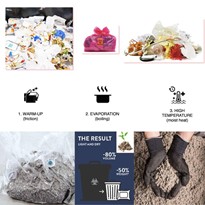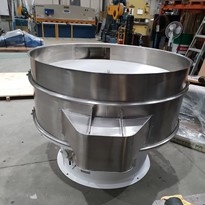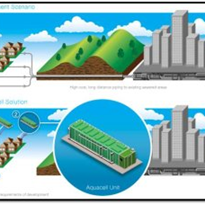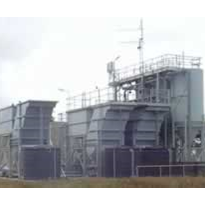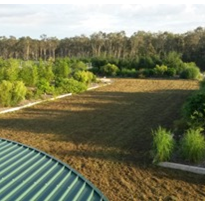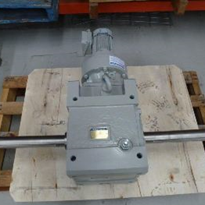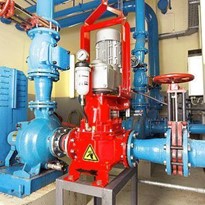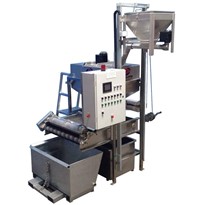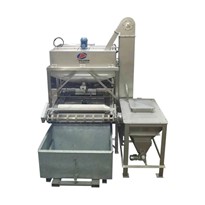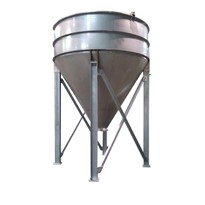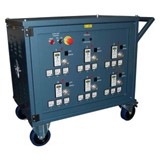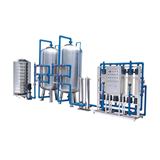Frucor chose the vertical screen from CST Wastewater Solutions as an ideal solution for the needs of a factory where the space was confined and there wasn't room for bulkier equipment.
The vertical screen provides the company with an automated process that requires far less labour than the previous flatscreen method, which necessitated regular removal of the screens by forklift, followed by hand cleaning.
Frucor, owned by Japanese company Suntory, is one of New Zealand's largest drinks manufacturers and produces energy drinks, fruit juices and drinks, pure waters and sports waters, soft drinks and milk drinks. It's the market leader in energy drinks in Australia and New Zealand, and the leader in the juice category in NZ. Brands include V, Fresh Up, Just Juice, h2go, Appletiser, Pepsi and Wave.
Frucor's engineering coordinator Nick Woolf said screw screens are used extensively in wastewater treatment units for augering solid material to the surface of tanks and sumps.
"Often the screens are inclined at 45 degrees. This one is a vertical product that works very well for us," Woolf said.
"We initially looked at other options, but found they were quite bulky. We don't have room to install a screen of any size. It needed to be something compact that would stand upright in the sump."
The vertical screen at Frucor is positioned between the below-ground sedimentary sump and the main sump, which both hold wastewater from the entire manufacturing plant at the Manukau City site.
After the screen has removed solid material from the wastewater, it is pH corrected and discharged into the sewer. The solids are mainly fruit pulp, but also include extraneous debris such as plastic bottle caps and hairnets. This material is discharged into a bin for disposal.
"The flat screens we used previously had to be manually cleaned, sometimes daily. They were big and heavy, made of stainless steel, and required a forklift to remove and replace them.
"When the old screens got blocked, we then had a crisis to manage because we were in an overflow situation. Our vertical screen avoids us getting into that sort of crisis.
"However the biggest benefit for us is in terms of labour saved. That makes the vertical screen very cost effective for us.
"The screen is pretty much automatic and maintenance free. Its function is controlled by the wastewater level, so that the screw switches on when the water rises. There's not a great deal for us to do.
"We're pleased with the screen's performance and would certainly recommend it to other companies like ours."
"Our compact vertical screen has a space-efficient design, is easy to install and can handle up to 400 cubic metres per hour," Michael Bambridge, managing director of CST Wastewater Solutions said.
"The screen lifts to more than six metres for discharge and can be retrofitted into existing pump stations with depths of up to eight metres. The high-strength shaftless spiral requires no bottom bearings."
Applications include wastewater pits and pump wells.
The unit can be installed: in a pump pit, to protect the pump from incoming solids, where the screen basket is directly connected, by means of a flange, to the inlet effluent pipe; in a channel, with an "open type" screen basket; and in any application where few spaces are available.
The vertical screen is available in models that: screen and lift up the extracted solids before discharge; screen, lift up and compact the extracted solids; and are designed for installing before a package sewage treatment plant, with or without a cylindrical receiver around the screen basket.



